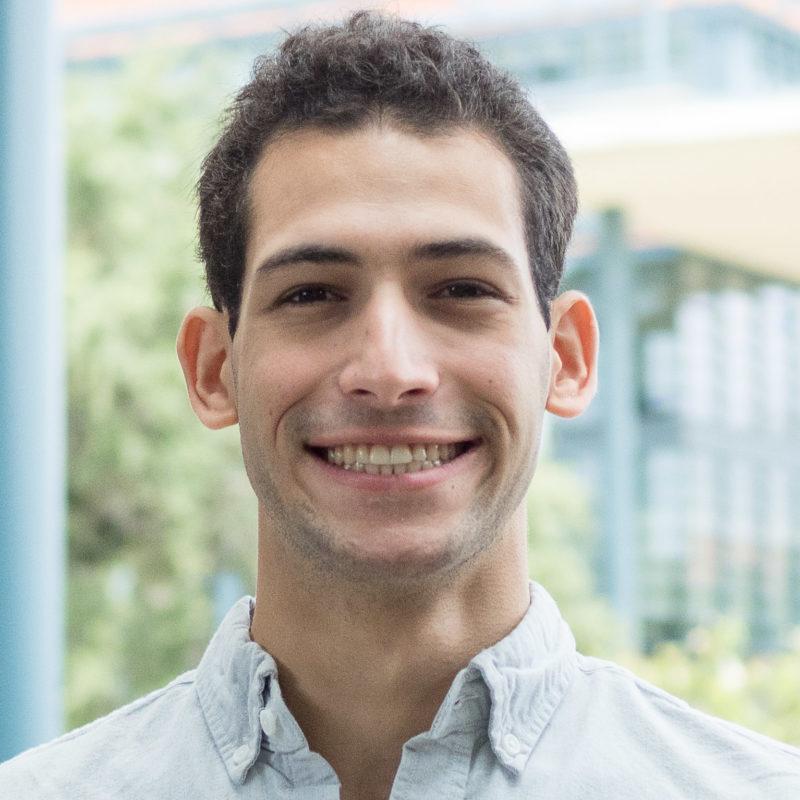A critical component in modern plastics manufacturing is the Phillips catalyst, which is used to produce 30 million tons of high-density polyethylene every year. We wouldn’t have milk jugs without it. Despite its importance, though, the Phillips catalyst has been around for 50 years, and chemists still don’t know how it actually works at the atomic level. This might seem surprising. How could scientists have created such a useful tool without knowing how it functions? Yet, this sort of situation is relatively common in the sciences and is an example of the gap between experimental and theoretical understanding, the knowledge that something works without knowing how or why it works.
Interestingly, every human operates the same way to a certain extent in all aspects of our lives. When learning to ride a bicycle, children intuitively figure out how to balance their weight without ever calculating torque and weight distribution. Most adults vote for political parties and candidates without ever delving deep into the roots of their ideology or performing rigorous economic analyses of policy plans.
In most cases, this is fine. A full theoretical understanding isn’t necessary in everyday life or in science to get things done. However, we can often do things better with a developed theory.
Scientists, in attempting to describe the world, build models that are refined over time. The hallmark of a good model is that it matches what is observed experimentally in the world and, more interestingly, that it can be used to predict what will happen in the future.
From the earliest days of our species, humans have built different models and theoretical frameworks, in an attempt to determine how to live a good life. We call these models religion and philosophy. Just as scientific theories are refined and new models are proposed that more accurately reflect the observed world, so too have religion and philosophy evolved over time to better reflect what seems to make for a good life. For example, we no longer take literally the Bible’s injunctions to sacrifice animals.
However, the common limitation of these human models is that they have lacked a sound theoretical, scientific basis for determining what a good life is. Experimental science has been deployed, as in the case of psychological studies of the results of various approaches to child-rearing. However, experimental observation and extrapolation is no substitute for having a true understanding of what, scientifically, defines a good life. On the surface, it seems like this might be an impossible question to answer but theoretically, there is no obstacle.
As our understanding of the brain has improved, it has become clear that free will is in all likelihood an illusion. In addition to experimental evidence from psychologists like Paul Bloom, one can arrive at this conclusion purely logically. Each thought and action that we have is in response to some form of stimulus that predated that thought or action, all the way back to the moment of our birth. Whether one attributes our brains’ response to these external stimuli to be deterministic or quantum-mechanically probabilistic (neurons function via electrical impulses and electrons exhibit probabilistic quantum mechanical behavior), free will is clearly impossible.
With this scientific understanding of how the brain works, it seems possible, given sufficient computational power, to simulate a human brain and possible stimuli to the point that we might have a reasonable understanding of what situations lead to optimal happiness. We might be able to tweak intelligence levels, exposure to hardship and so on to mathematically, quantitatively maximize happiness and enjoyment of life.
While such capability is likely very far off, we may develop less robust but no less quantitative techniques for predicting how to maximize the well-being of conscious entities like ourselves soon and they will be sorely needed.
For example, if neuroscience and medicine advance to the point that genetic adjustments can be made to fetuses in the womb, there will be serious questions as to what adjustments will be ethical. A scientific understanding of what initial conditions of a child will improve its life would therefore be useful.
If machine-human interfaces become sufficiently sophisticated that digital existences akin to the matrix are possible, it might be worth considering whether it is more moral to live a digital life optimized to promote happiness than to live in the real world.
If our ability to create artificial intelligence progresses to the point of creation of new consciousness, it would seem necessary to consider how we could create such a consciousness that is greater than ourselves, and therefore more able to enjoy and appreciate its conscious existence.
These are difficult questions that will likely need answers in the coming decades. To answer them, it will be necessary to move beyond humanity’s past experimental, qualitative approach to determining theories of a good life. It will be necessary to strive for quantitative models of conscious systems that will enable us to predict how to optimize the well-being of conscious entities, human or artificial.




